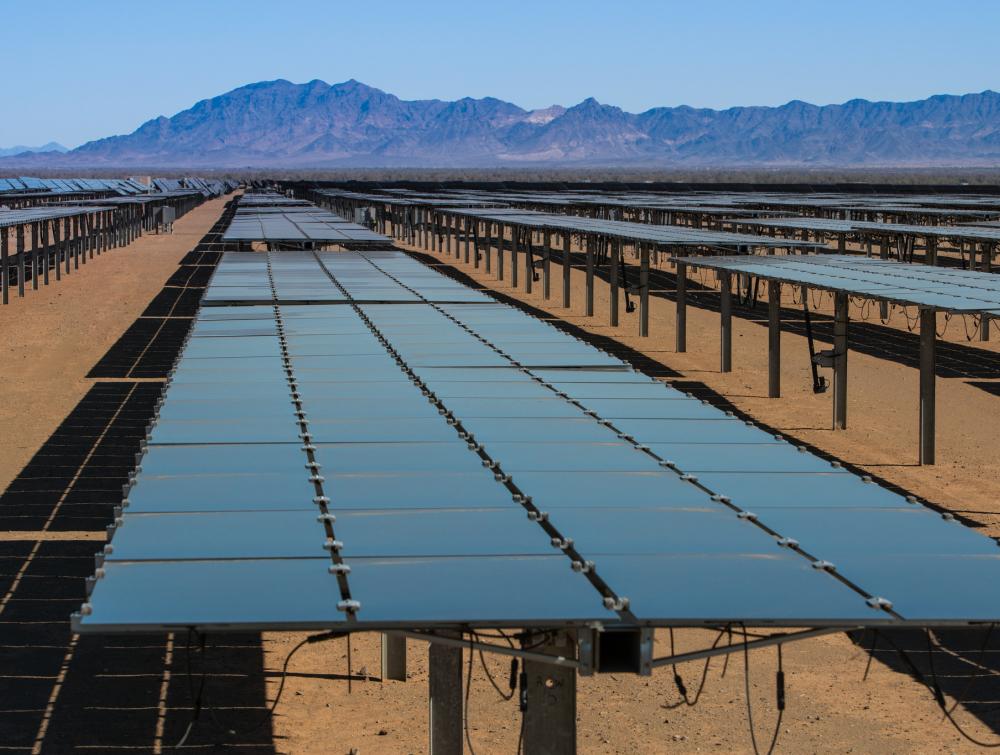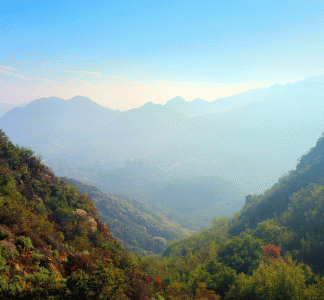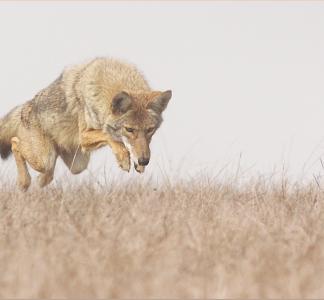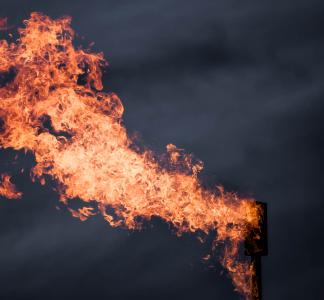Green New Deal debate underscores climate urgency; public lands part of solution

Renewable energy development in the California Desert.
Tom Brewster
Leaders must consider ecosystem impacts, role in new energy mix
The Green New Deal, a resolution introduced by Rep. Alexandria Ocasio-Cortez and Sen. Ed Markey, has provided a crucial opportunity to talk in serious and substantive terms about how we will address climate change.
And make no mistake: the time to talk about solutions is now. The latest science says we have just 12 years to complete the energy and economic overhaul necessary to limit warming to a manageable level and avoid the worst consequences.
Any comprehensive climate change plan will include policies that reduce the use of fossil fuels whose burning emits heat-trapping greenhouse gases; ramp up renewable energy; and safeguard communities from extreme weather and other impacts. Beyond that, it will consider the key role of public lands, both as a fragile bellwether of the effects of warming and as a tool for transitioning our national energy mix.
Here are three ways public lands need to be included in the Green New Deal or any other climate plan.
1. Public lands and ecosystems need protection in a rapidly warming world
THE PROBLEM:
As the planet heats up, ecosystems and landscapes are shifting and changing. Some of the highest profile examples of climate change’s impacts can be seen in iconic public lands (think of the rapid deterioration of namesake features in both Glacier National Park and Joshua Tree National Park).
These changes wreak havoc on plants and animals. Rising temperatures are forcing species to move to higher elevations or otherwise relocate, with implications that ripple up the food chain and throughout human populations. One recent study looked at thousands of species from across the globe and found that about half of them are on the move. By forcing habitat loss, climate change is warping what nature looks like in ways we still have trouble fully understanding.
THE SOLUTION:
We can mitigate the fragmentation and habitat loss caused by climate change if we practice “landscape-scale conservation.” That means that rather than protecting isolated islands of land, we conserve large, interconnected, unfragmented landscapes that allow wildlife to migrate and move freely. The most crucial landscapes are those kept free from development or other undue human interference, like federally protected wilderness areas or wild corridors linking national parks and other big public lands to one another. Protecting pieces of public land is our best bet for allowing all of nature's diversity to shuffle around in a warming world.
In addition to helping ecosystems adapt, we must conserve public land in such a way that all people enjoy equal ability to access them.
2. Tackling emissions from fossil fuel extracted on public lands
THE PROBLEM:
You might be surprised to learn that emissions resulting from the extraction and combustion of fossil fuels produced on America’s public lands are equivalent to more than 20 percent of total annual U.S. greenhouse gas emissions, making our shared lands and waters a major (though indirect) contributor to climate change. If U.S. public lands were their own country, its greenhouse gas emissions would rank 5th in the world, just behind Russia.
To make matters worse, our accounting of these emissions features many blind spots. For example, methane pollution from gas production on public lands, whether intentionally “vented” by energy companies or resulting from accidental leaks, is a huge and often ignored problem. In terms of its contribution to America’s annual greenhouse gas emissions, this “wasted” methane is the equivalent of emissions from about 3.3 million cars.
We aren’t properly utilizing public lands in transitioning to a new and cleaner economy, either. Though a big chunk of our nation’s fossil fuels come from public lands–about 42 percent of coal and 24 percent of crude oil—these places account for less than 5 percent of renewably energy production.
THE SOLUTION:
We need aggressive policies to reduce fossil fuel extraction and emissions on public lands. This starts with the Department of the Interior tracking the impacts; a recent ruling found that the Trump administration broke the law by failing to account for the greenhouse gas payload of ramped-up oil and gas leasing. It’s time to open our eyes and get realistic about the damage being done.
At the same time, we need to start putting some “too wild to drill” lands and waters off-limits to further energy production, with an eye toward effectively eliminating emissions that originate from public land-extracted fossil fuels by the year 2050.
Additionally, we need plans to help public lands absorb, or “sequester,” carbon and other greenhouse gas emissions. Forests, grasslands and other landscapes have great capacity to do this, but runaway fossil fuel production has thrown off the balance and led to public lands becoming a net contributor to the problem.
More responsibly sited renewable energy projects are also needed on public lands—projects that are planned strategically not to interfere with wildlife habitat or other sensitive areas.
3. Supporting outdoor recreation, renewable energy and other sustainable economic growth
THE PROBLEM:
Many communities, especially in the West, are still dependent on the volatile, boom-and-bust cycle of fossil fuel production. As we make the necessary transition to a more sustainable energy mix and economy, we have to ensure there are robust economic alternatives for these communities.
THE SOLUTION:
A complete plan to address climate change includes economic alternatives that restore or make sustainable use of our public lands, buoying communities in the process. This includes responsible development of renewable energy, community-led outdoor recreation and restoration projects like repairing hiking trails or conserving wildlife habitat.
Some of this is happening already. Wind and solar energy are on the rise, with our public lands set to play an important role in supporting the transition. What’s more, communities whose fortunes were once inextricably tied to fossil fuel production are increasingly investing in the outdoor recreation economy, which now contributes more to the national Gross Domestic Product than mining, oil and gas. The outdoor recreation economy, which depends on healthy public lands, directly supports some 7.6 million jobs across the country.
Finally, as we take on this economic transition, it is critically important we not leave behind those on the “front lines” of climate change--people who have contributed relatively little to climate change, such as people of color or low-income workers, yet tend to bear the brunt of pollution, intrusive energy development and effects like extreme weather. We must ensure all people have a share in the new, more sustainable economy as well as a say in decisions about our public lands and energy.
Public land protections provide pathways to a successful Green New Deal
Kevin Dinkel, flickr.
Map shows the wildest land linking protected areas of the U.S.
Adit the Stargazer, Flickr
A blind spot in the plan to reduce emissions is slowing progress in the fight against climate change
Mason Cummings, The Wilderness Society



